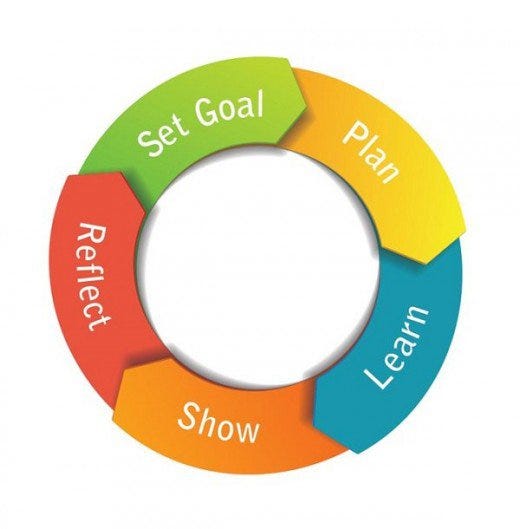Reflecting on My Growth in Physical and Health Education
Looking back on my physical and health education journey, I can see significant growth in my understanding of what it truly means to create an inclusive, accessible, and engaging learning environment. Initially, I viewed physical education primarily as promoting fitness and health. Still, I have since come to appreciate its deeper purpose, which is fostering physical literacy, confidence, and motivation in all students, regardless of skill level or background.
One key concept that has reshaped my perspective is physical literacy, which includes physical competence, confidence, and motivation. Before, I mostly associated physical literacy with skill development, but I now understand that confidence and motivation are just as essential. For instance, if students are highly motivated to improve in a sport, their effort and persistence will be more significant. Similarly, self-esteem, perceptions of competence, and self-efficacy all play crucial roles in a student’s ability to engage in physical activity confidently.
Below I have an image from the slideshow that we looked at in class explaining what physical literacy is.

Additionally, I have gained a deeper appreciation for the variety of movement skills students need to develop. Locomotor skills, such as running, jumping, and hopping, are essential for movement, while non-locomotor skills, like bending and twisting, help with flexibility and body control. Object control skills, including throwing, kicking, and catching, are equally crucial for sports and general physical activity. Understanding these distinctions has made me more mindful of designing well-rounded lessons addressing these areas.
Here is a picture from the slideshow we looked at in class that explains the Fundamental Motor Skills.

My approach to motivation has also evolved. I now recognize the importance of both direction and intensity. Encouraging students to choose activities they enjoy (direction) while also challenging them to push their limits (intensity) creates a balance that fosters lifelong engagement in physical activity. I can better support their individual journeys by incorporating goal-setting and providing opportunities for students to explore different activities.
Quality Daily Physical Education (QDPE) has further reinforced my belief in the need for structured, inclusive, high-quality physical education programs. The four components of QDPE—daily instruction for all students, well-planned lessons, high participation, and age-appropriate activities, are essential guidelines for creating effective programs. However, I have also come to understand the challenges and barriers to implementing QDPE, such as limited gym space, lack of trained teachers, budget constraints, and time limitations in school schedules. Recognizing these obstacles has made me more aware of the advocacy needed to ensure all students have access to meaningful physical education.
Finally, the crisis surrounding QDPE, including rising obesity rates and inadequate provincial guidelines, has deepened my commitment to promoting physical education. A call for change is necessary, and as a future educator, I am responsible for contributing to solutions that make physical education more inclusive and impactful.
The things I have learned in this class have transformed my perspective on physical and health education. I now see it as more than just fitness. It fosters lifelong skills, confidence, and a love for movement in all students. By creating engaging, inclusive, and accessible learning environments, I can help shape a future where every student feels empowered to participate in physical activity.
